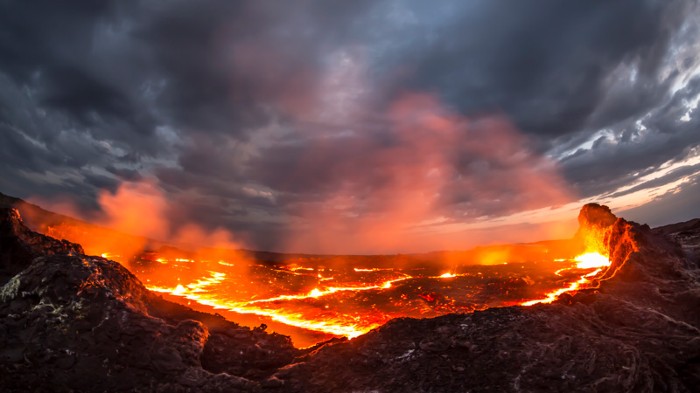Giant eruptions belched toxic metal during the ‘Great Dying’
Volcanoes in Siberia poisoned the planet with mercury, contributing to a global mass extinction.

Mercury from volcanic eruptions poisoned the planet 252 million years ago during the Great Dying, the greatest extinction in Earth’s history.
Rocks worldwide that formed at the time of this event have high mercury levels. This mercury has been attributed to Siberian volcanoes that poured forth massive amounts of lava during the extinction.
Stephen Grasby at the Geological Survey of Canada in Calgary and his colleagues sought to understand how these mercury emissions affected ancient Earth. The researchers modelled how much mercury the volcanoes emitted during the peak of their activity — a period that lasted 300,000 years — and the fate of the erupted element.
According to the team’s models, mercury drifted through the air and dropped into the ocean, or settled onto the land and eventually washed into the sea. Levels of one form of mercury might have reached more than 450 times the norm on the land and at sea. Animals throughout Earth’s environments would have been exposed to the toxic element.
These spikes of mercury could help to explain the worldwide nature of the extinction, in which more than 90% of marine species and 70% of land species were wiped out.